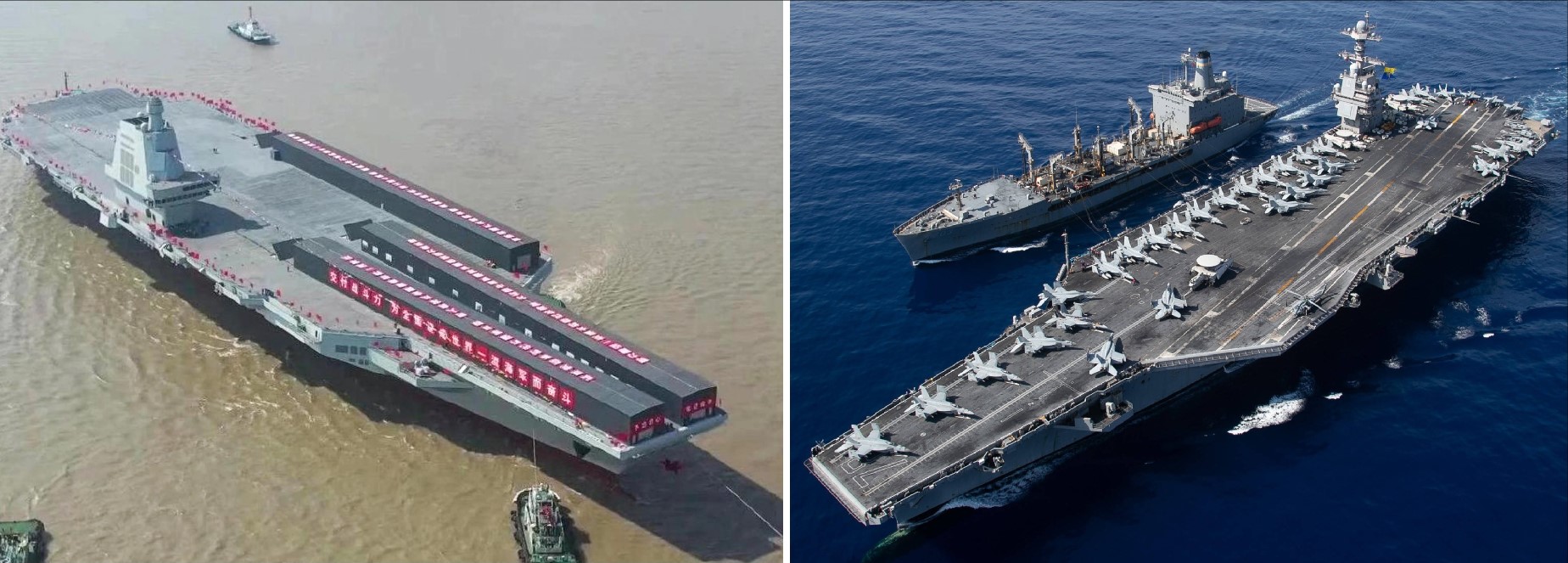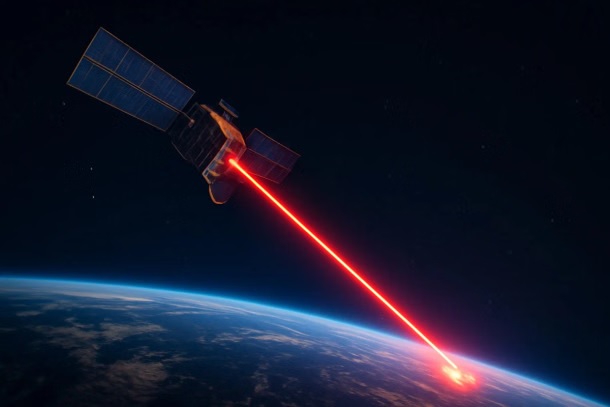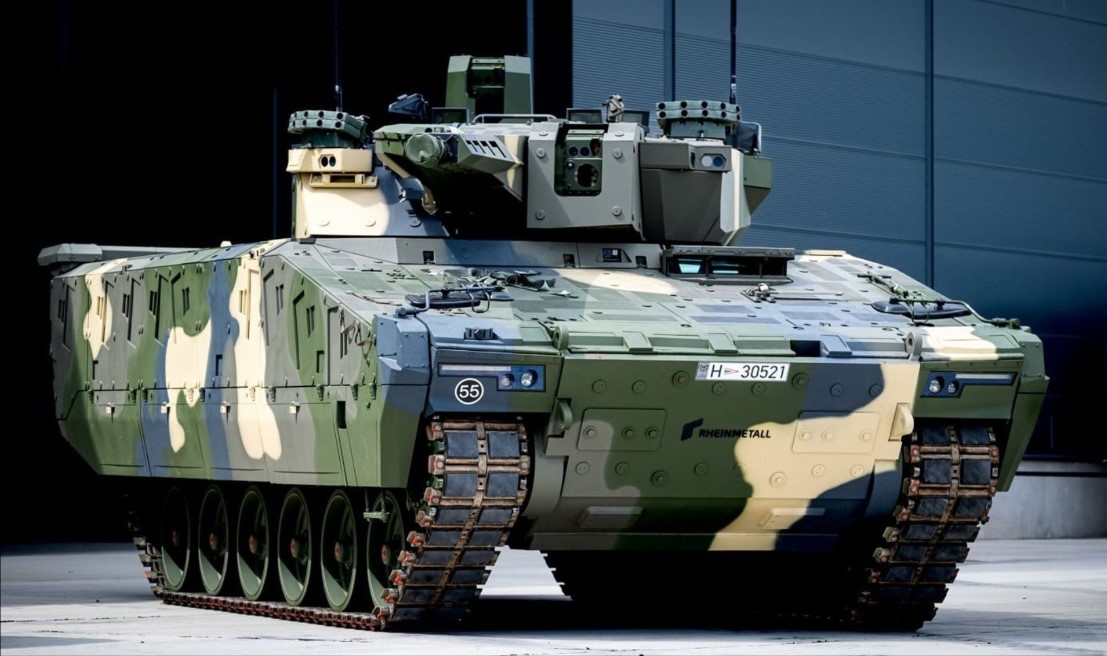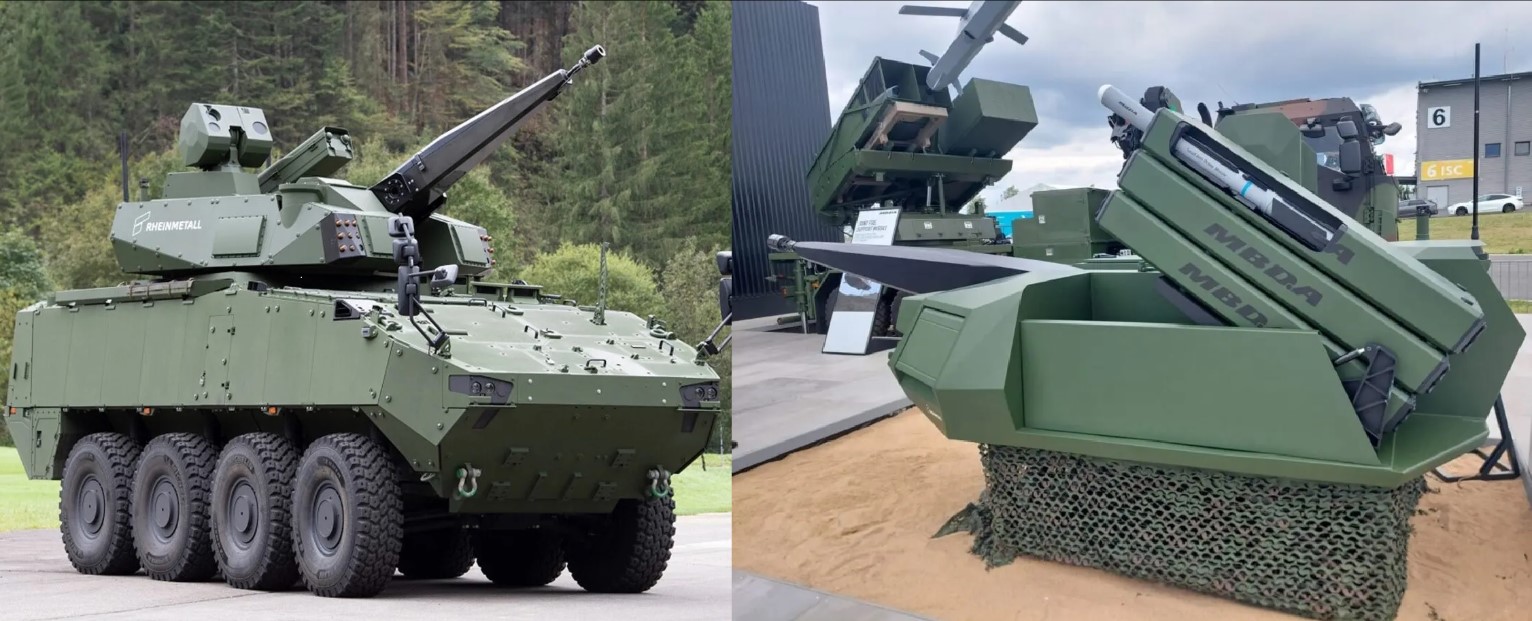US Air Force’s ‘Loyal Wingmen’ Receive Fighter Drone Status, Marking a New Era in Aerial Combat

For the first time in its history, the US Air Force (USAF) has officially designated its Collaborative Combat Aircraft (CCA) prototypes as fighter drones. This groundbreaking move underscores the service’s commitment to integrating unmanned systems into modern warfare, paving the way for a new era of manned-unmanned teaming.
The prototypes, developed under the CCA program, have been designated as the YFQ-42A and YFQ-44A. These designations follow the US military’s Mission Design Series, where "Y" represents prototype status, "F" signifies a fighter role, and "Q" indicates the aircraft is unmanned. The numbering system distinguishes each unique design, with "A" marking the first version of the series.
Air Force Chief of Staff Gen. David W. Allvin emphasized the significance of these designations, stating, "For the first time in our history, we have a fighter designation in the YFQ-42A and YFQ-44A. It may be just symbolic, but we are telling the world we are leaning into a new chapter of aerial warfare."
The CCA initiative is a key component of the Air Force’s Next-Generation Air Dominance (NGAD) program, which seeks to integrate advanced technologies to counter emerging threats. The core concept revolves around "loyal wingmen"—large, jet-powered drones capable of flying alongside piloted fighter jets, providing support in combat, intelligence gathering, and surveillance operations. These drones are designed to operate autonomously using artificial intelligence and can function independently or in coordinated formations.
Five major defense firms initially competed for the CCA contracts, but General Atomics Aeronautical Systems, Inc. (GA-ASI) and Anduril emerged as the selected contractors. GA-ASI’s prototype is derived from the XQ-67A, focusing on endurance and persistent surveillance, while Anduril’s "Fury" is a high-performance multi-mission platform. Both companies completed critical design reviews in late 2024, with further testing and evaluation now underway.
As the US Air Force moves closer to fielding these next-generation combat drones, the introduction of fighter designations signals a significant shift in military aviation. It marks a decisive step toward blending human pilots with artificial intelligence-driven wingmen, redefining air combat strategy for the future.
✍️ This article is written by the team of The Defense News.






